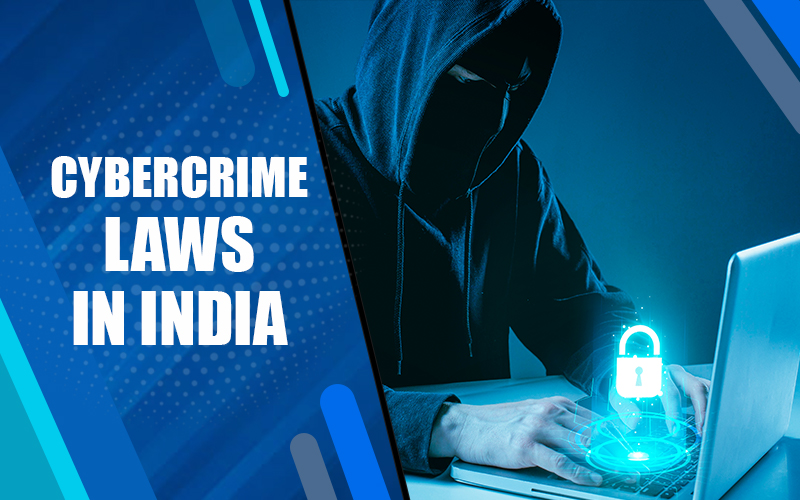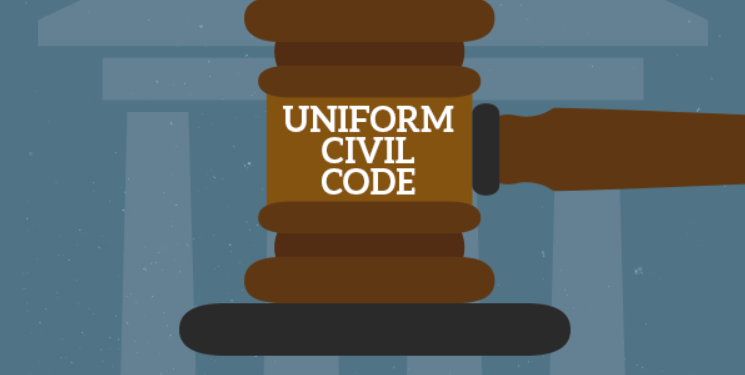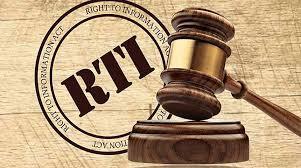The Evolving Landscape of Cybercrime Laws in India
In recent years, the rapid advancement of technology has brought about significant changes in the nature and scope of cybercrime. India, with its burgeoning digital economy, has witnessed a surge in cybercrimes, ranging from data breaches to online fraud. The Indian legal framework has been evolving to address these challenges, encompassing new laws, amendments, and landmark judgments. This article delves into the latest developments in India’s cybercrime laws, highlighting recent legislation, case laws, and the broader implications for individuals and businesses. Recent Legislative Developments 1. The Digital Personal Data Protection Act, 2023 One of the most significant recent developments in Indian cybercrime legislation is the enactment of the Digital Personal Data Protection Act, 2023 (DPDPA). This Act replaces the earlier Personal Data Protection Bill and aims to strengthen data protection mechanisms for Indian citizens. The DPDPA introduces stringent requirements for data processing, including: Consent: Organizations must obtain explicit consent from individuals before processing their data. Data Localization: Sensitive personal data must be stored within India. Data Breach Notifications: Companies are required to notify the Data Protection Board and affected individuals within a specified time frame in case of data breaches. The DPDPA also establishes the Data Protection Board of India to adjudicate disputes and enforce compliance, marking a robust approach to data privacy and cybercrime prevention. 2. The Information Technology (Amendment) Act, 2021 The Information Technology (Amendment) Act, 2021, has introduced several crucial updates to the Information Technology Act, 2000. Key amendments include: Definition of Cyber Terrorism: The Act now includes a broader definition of cyber terrorism, making it easier to address crimes that threaten national security. Intermediary Liability: Enhanced accountability for intermediaries, including social media platforms, in handling unlawful content and addressing grievances. These amendments aim to enhance the legal framework’s ability to combat new and evolving cyber threats effectively. Key Judicial Pronouncements 1. Shreya Singhal v. Union of India (2015) While not recent, the Supreme Court’s landmark decision in Shreya Singhal v. Union of India remains highly relevant. The Court struck down Section 66A of the IT Act, which criminalized online speech deemed offensive or menacing. The judgment emphasized the need for laws that balance the protection of freedom of speech with the prevention of cybercrime. This case underscores the importance of safeguarding fundamental rights while addressing cyber threats. 2. WhatsApp Inc. v. Union of India (2021) In WhatsApp Inc. v. Union of India, the Supreme Court addressed concerns over privacy and encryption in the context of the IT Act. The Court highlighted the need for a delicate balance between privacy rights and the government’s ability to investigate cybercrime. This ruling has significant implications for data privacy and the enforcement of cyber laws, especially in the context of encrypted communications. 3. Manish Kumar v. State of Uttar Pradesh (2022) In this recent case, the Allahabad High Court dealt with issues related to the legality of online defamation. The Court upheld the principles of free speech while emphasizing that defamation through digital platforms should be addressed within the framework of existing laws. This case reflects the ongoing judicial effort to reconcile traditional legal principles with the complexities of the digital age. Challenges and Future Directions Despite these advancements, several challenges persist in India’s cybercrime legal landscape: 1. Jurisdictional Issues: Cybercrime often transcends national borders, complicating jurisdiction and enforcement. India’s legal framework must continue to evolve to address these challenges through international cooperation and treaties. 2. Rapid Technological Changes: The fast pace of technological innovation often outstrips the development of corresponding legal frameworks. Continuous updates and reforms are necessary to keep pace with emerging threats such as artificial intelligence and blockchain-related crimes. 3. Enforcement and Capacity Building: Effective enforcement of cybercrime laws requires specialized skills and resources. Strengthening the capacity of law enforcement agencies and judicial bodies is crucial for the successful implementation of cybercrime legislation. Conclusion The evolving landscape of cybercrime laws in India reflects the country’s commitment to addressing the complexities of the digital age. Recent legislative developments like the Digital Personal Data Protection Act, 2023, and the Information Technology (Amendment) Act, 2021, alongside key judicial pronouncements, mark significant strides in strengthening India’s legal framework against cybercrime. However, ongoing challenges highlight the need for continued evolution in laws, enhanced international cooperation, and capacity building. As technology continues to advance, India’s approach to cybercrime will need to remain dynamic, balancing the protection of individual rights with the imperative of maintaining cybersecurity.










